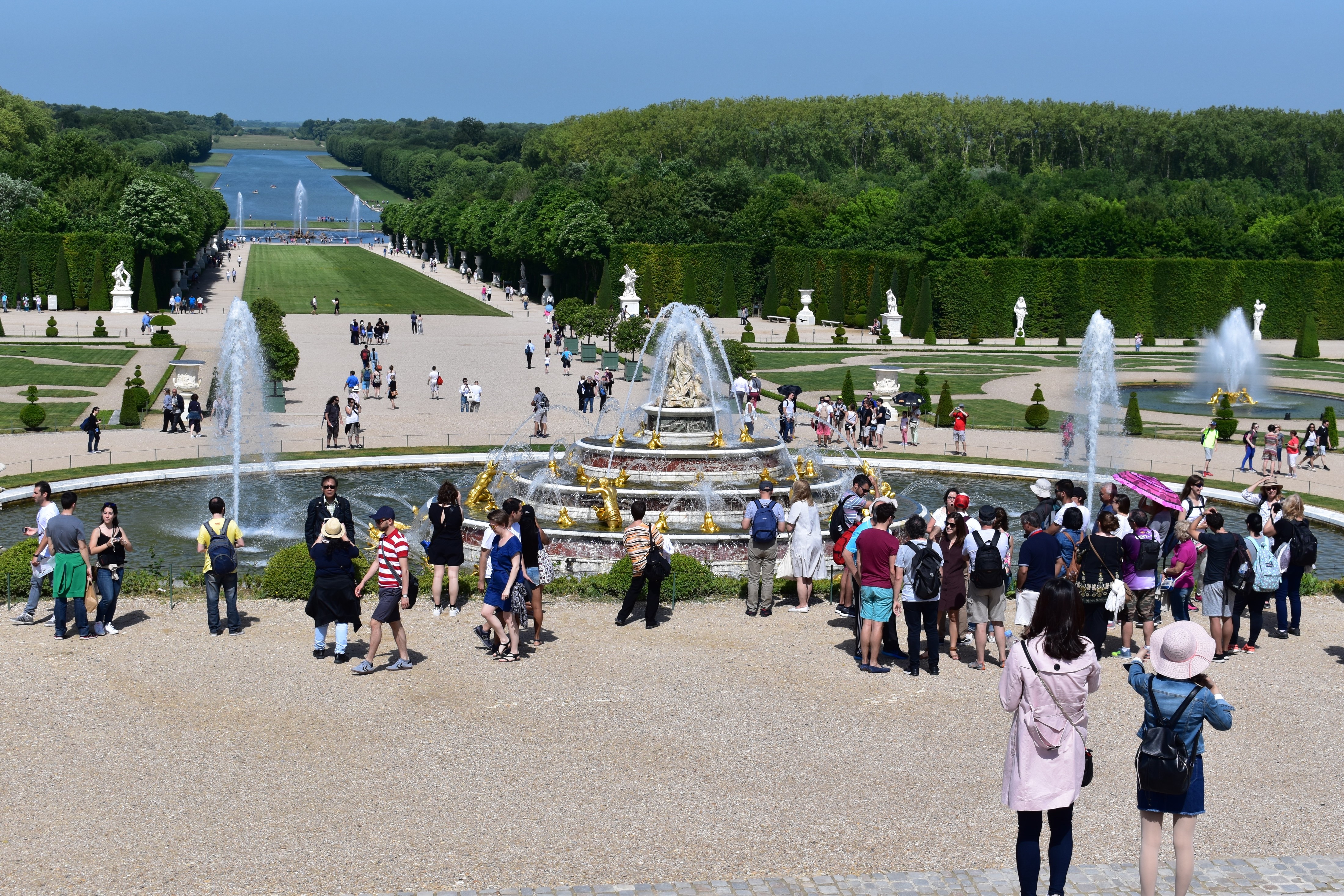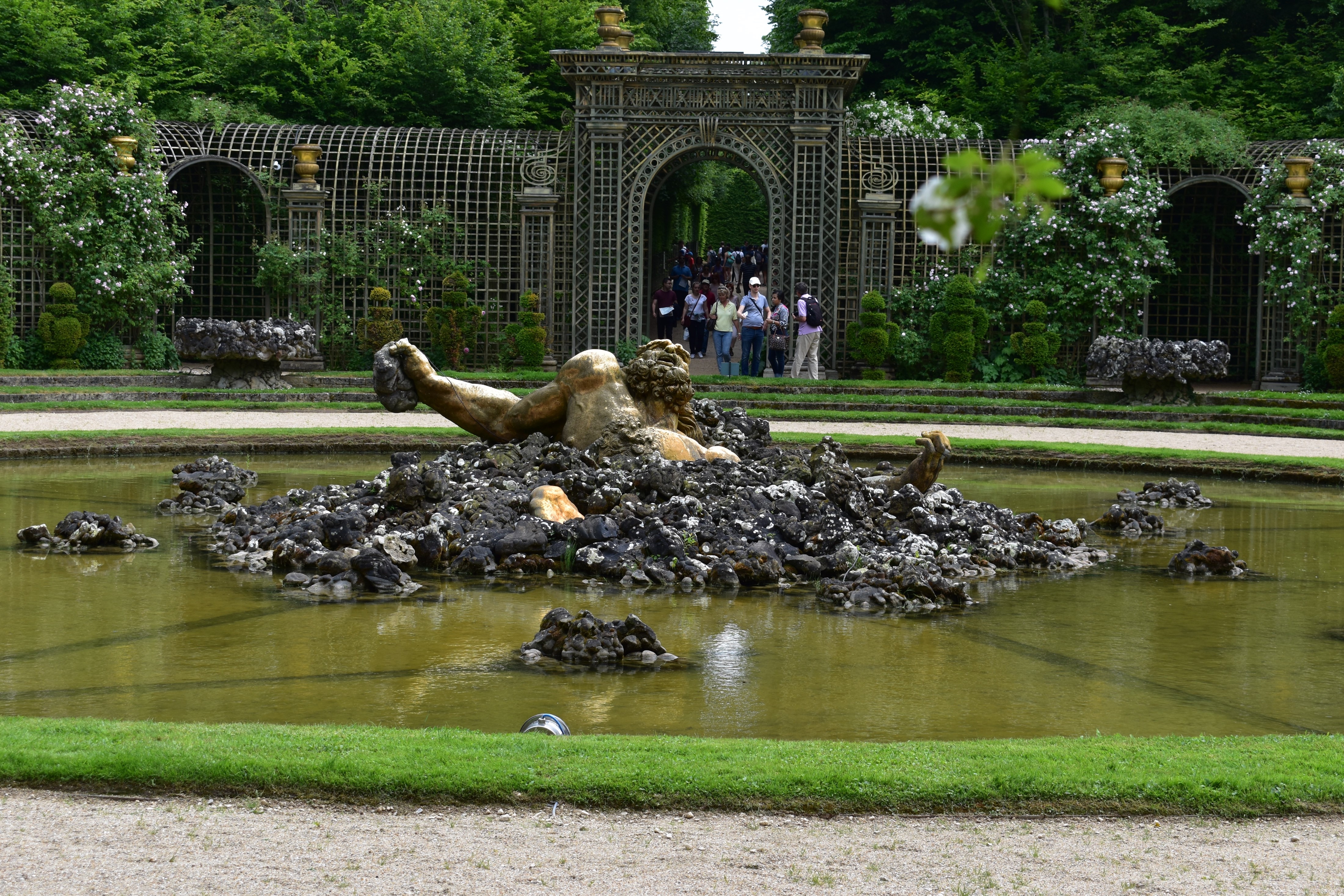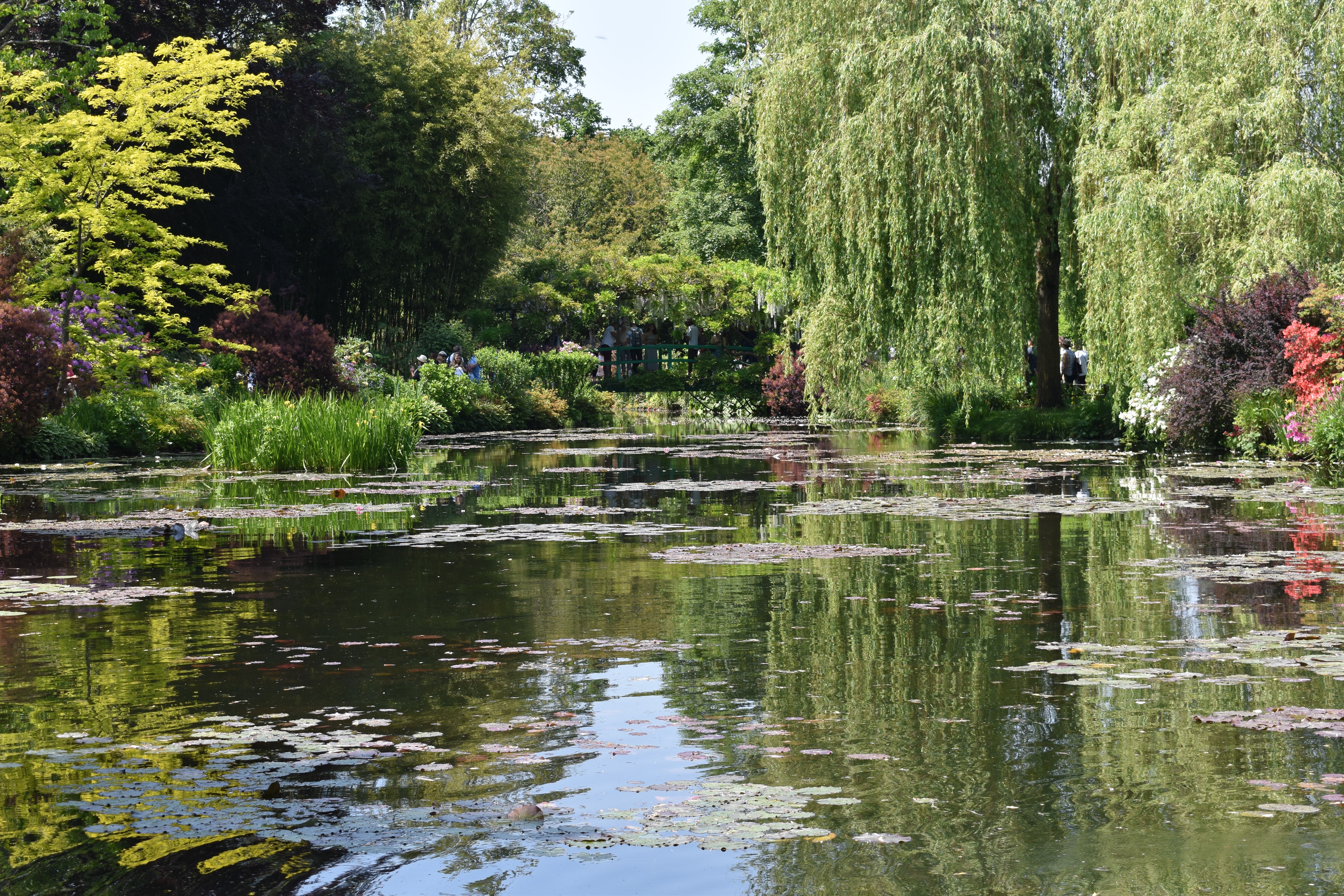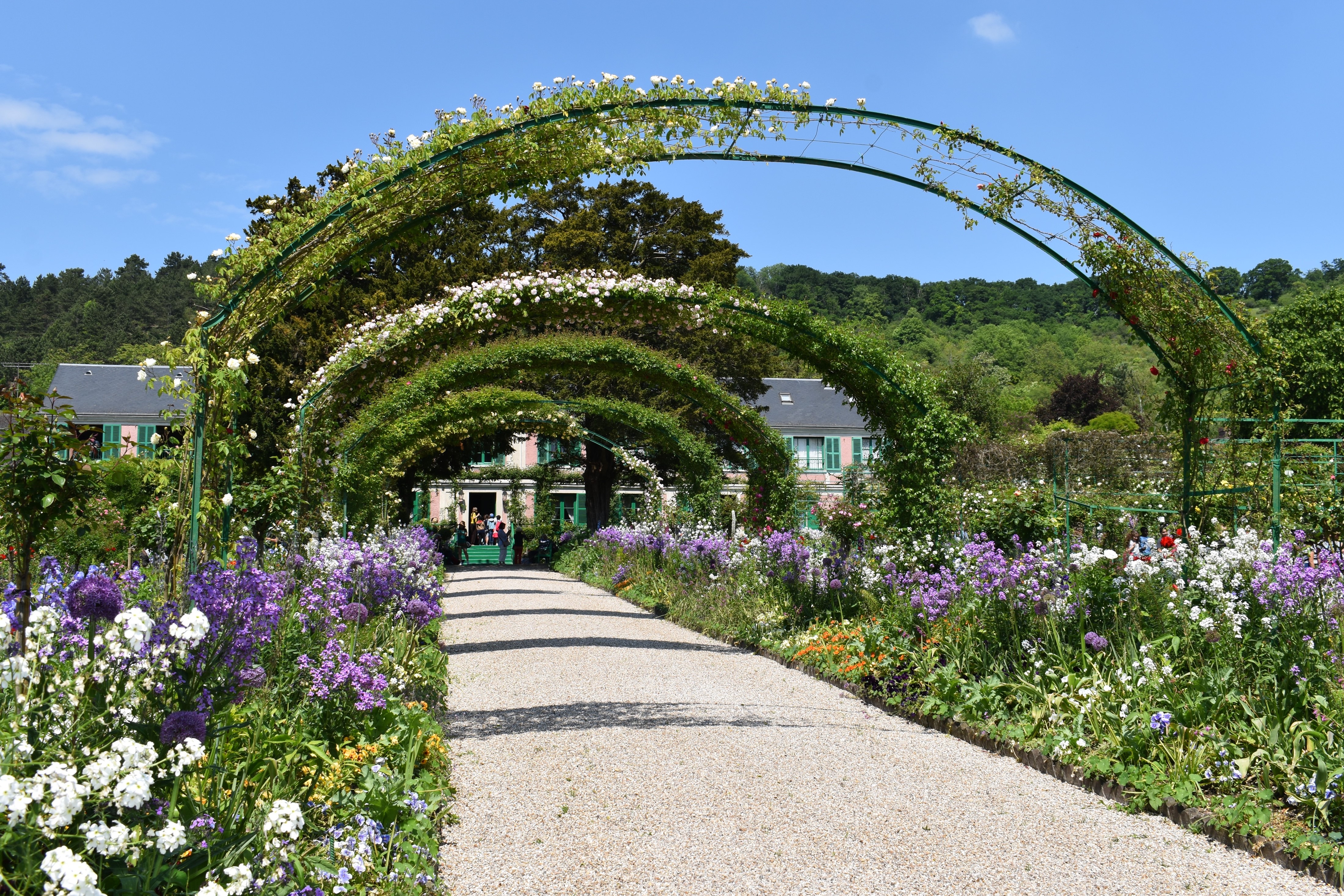Gardening as a reflection of history and culture
Throughout the world and over time, gardens have served from simple sustenance to a display of power.

According to “The Development of Agriculture” in National Geographic, the “Neolithic Revolution” occurred approximately 12,000 years ago when humans started cultivating their food; thus, agriculture was born. From cultivating cereals thousands of years ago to the elaborate ornamental and edible gardens of today, the nature of gardens has changed with numerous cultural and historic events over time. Gardens provide the onlooker a peek into history with their purpose and design.
Recently, a group of 32 Michigan Master Gardeners and Michigan State University employees toured some of the most famous gardens in the countries of France and Malta on a horticulture study trip. During this educational tour, participants observed for themselves the evolution of gardening over time and how culture and historical events shaped garden design.
For example, the purpose of the garden at the Château (Palace; Photo 1) of Versailles in Paris, France, was primarily to demonstrate the wealth and prowess of the monarchy at the time as well as technological innovation. The Château was first built just as a hunting lodge by Louis XIII in 1623. However, Louis XIV expanded Versailles to create a royal residence where the royal court could gather during the mid-1600s. The gardens were designed by the famous landscape architect, André Le Nôtre, during 1660 to 1680. They were designed to invoke a long perspective view of the kingdom: first with the “Royal Avenue,” a long lawn, and secondly with the “Grand Canal,” which is a long, east-west pond (Photo 2).

Photo 2. The garden at the Palace of Versailles, designed by André Le Nôtre, includes the “Royal Avenue,” a lawn that leads to the “Grand Canal.”
The garden contains tall, immaculately-trimmed hedges, numerous formal groves containing fountains and sculpture of Apollonian mythology (Photo 3). These gardens were designed to exude opulence and demonstrate the power of the monarchy of France.

Photo 3. The Enceladus Grove in the Gardens of Versailles unites art and gardens.
Now, let’s be transported 43 miles north-west of Versailles and move forward 200 years into the future. Giverny, a small village only 75 miles from the northwest coast of France on the English Channel, was a haven for impressionist artists during the late 1800s. It was removed from the hustle and bustle of the city of Paris and was most notably home to Claude Monet and his garden.
An artist who painted in the impressionist style, one that favors colors and conveying atmosphere over pictorial accuracy, Monet developed the gardens over the course of his career to be his outdoor studio. For him, his garden was a passion and the romantic landscape was one to be painted over and over from a new perspective or with different lighting. It was here that he painted some of his most famous works, including his water lily series. His pond (Photo 4) and garden (Photo 5) were an explosion of color, home to numerous species of plants, including iris, wisteria, rhododendron phlox, foxgloxe and allium.

Photo 4. The waterlily pond of famous impressionist painter, Claude Monet, in Giverny, France.

Photo 5. The gardens at the residence of Claude Monet.
What other purposes have gardens served during the past? During WWI and WWII, people in the United States and around the world planted “Victory Gardens.” These vegetable, fruit and herb gardens provided private citizens with nourishment during times of war and helped free up additional resources for the soldiers. These gardens demonstrated patriotism and provided the owners with a sense of fulfillment in uncertain times. In England, “allotment gardens,” akin to the U.S.’s version of a community garden, still thrive across the continent.
Throughout time, gardens have been planted for cultivating food, display of wealth and power, as a muse for artists and a sign of patriotism. Gardens not only reflect the individual owner or creator, but are also a snapshot of the historical events and culture of the time. What will your garden say about you?



 Print
Print Email
Email


